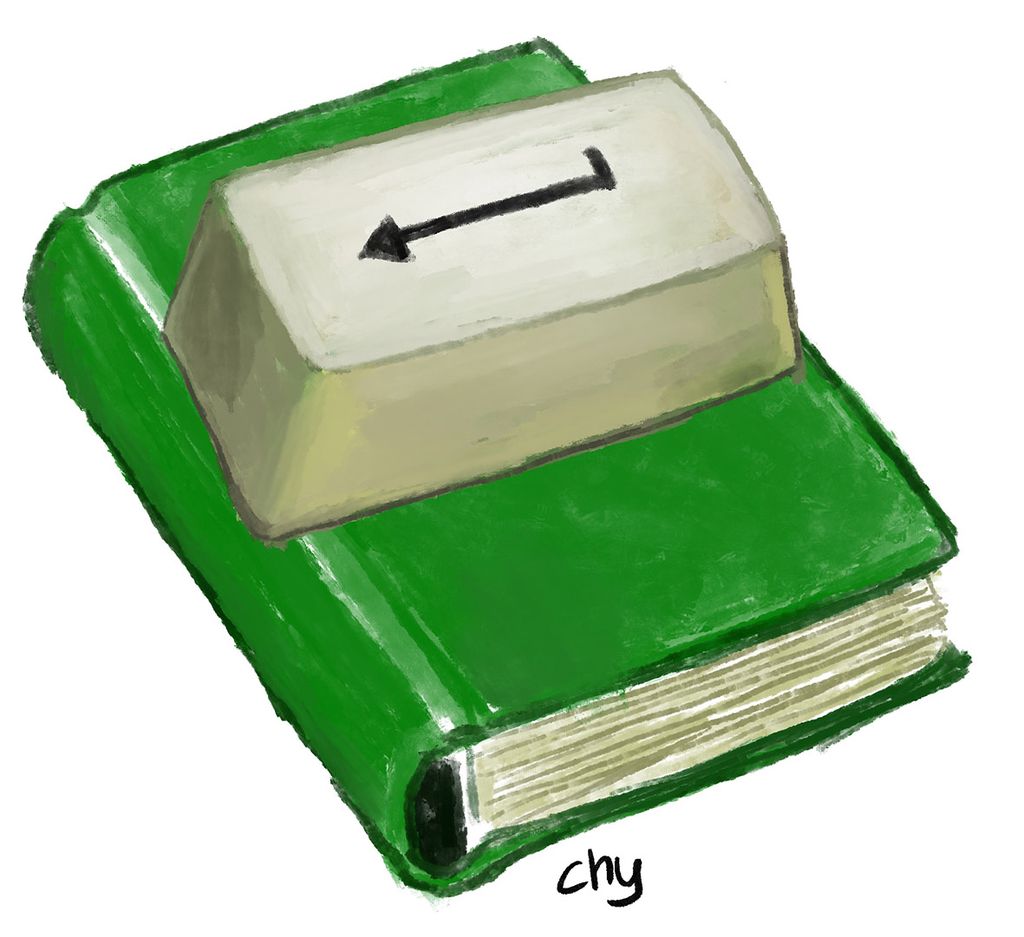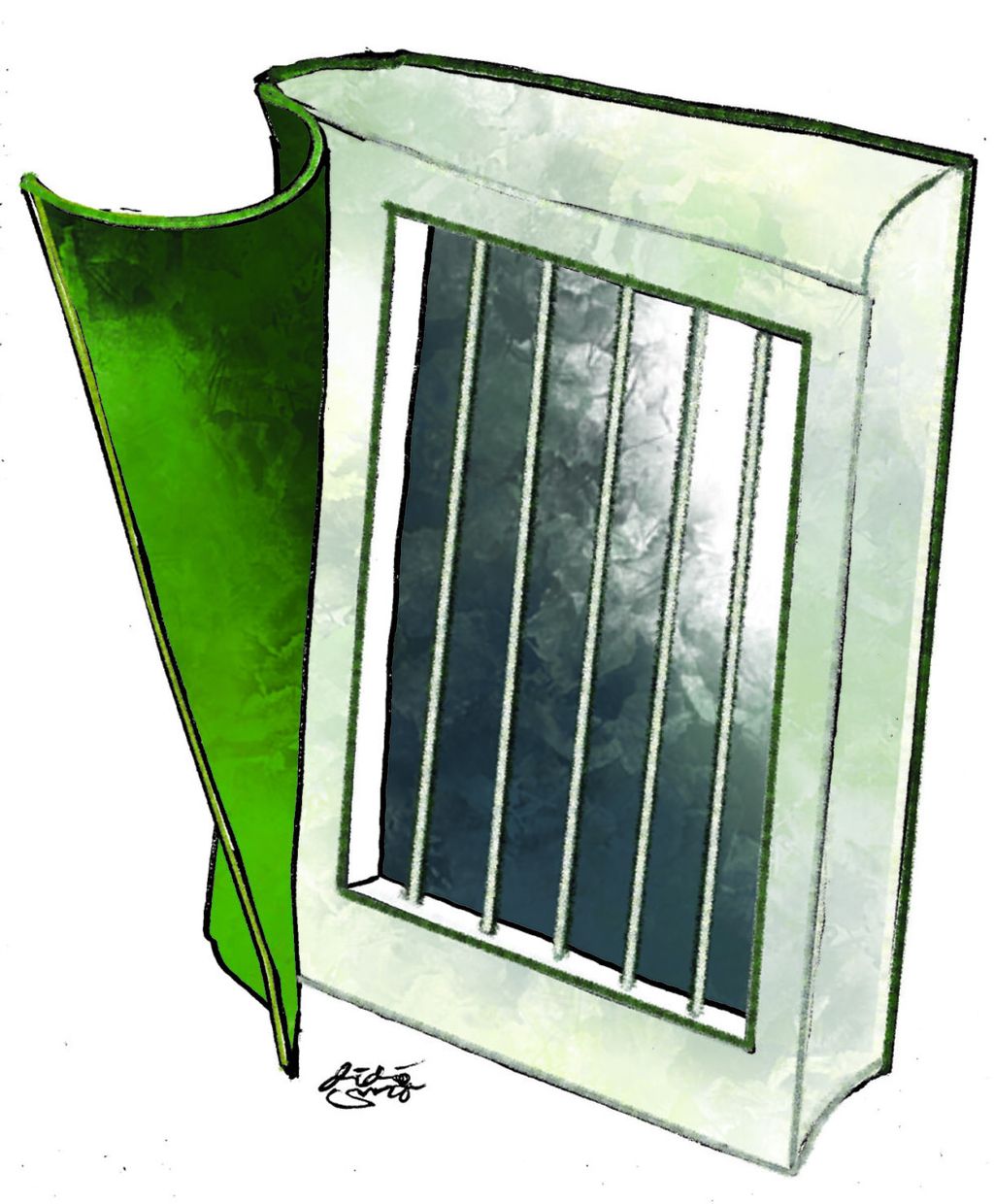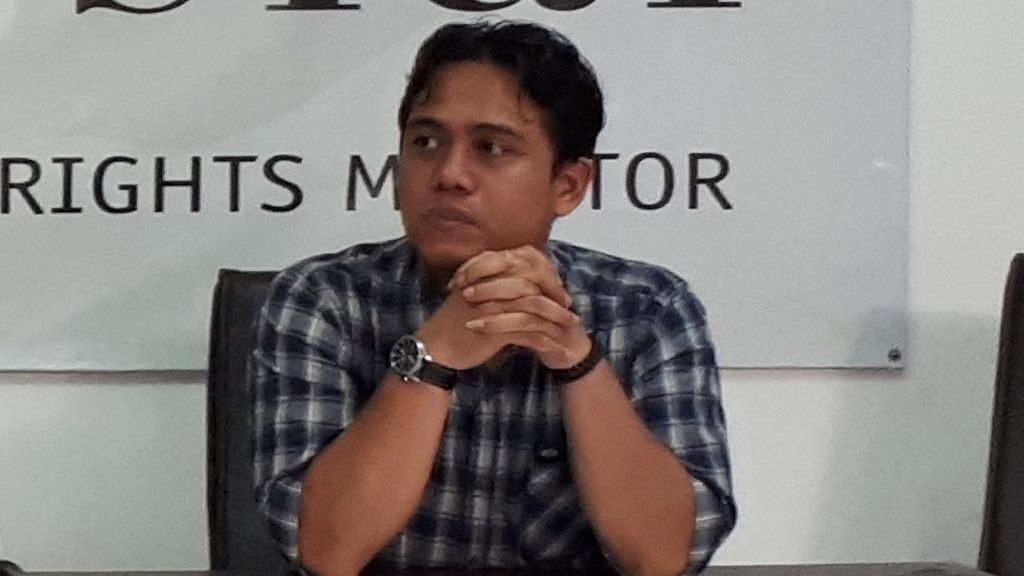The Need for ITE Law Revision
The opportunity to revise the Electronic Information and Transactions (ITE) Law that was opened by President Joko Widodo has received a mixed response.

The opportunity to revise the Electronic Information and Transactions (ITE) Law that was opened by President Joko Widodo has received a mixed response.
A number of parties consider this to be merely a rhetorical statement, responding to the magnitude of pressure on the alleged criminalization of legitimate expressions. A number of other parties consider this statement a "positive signal" in an effort to improve several articles in the ITE Law, as well as respond to actual developments in internet technology.
It must be acknowledged that the ITE Law, which was first enacted in 2008, and then modified in a limited way in 2016, has a number of materials that tend to be obsolete and are less able to respond to various challenges in the use of internet technology in the present day. Let alone with the scope of material that is one for all, regulating all matters related to electronic information and transactions. Starting from electronic systems, electronic documents, electronic signatures, electronic transactions, electronic data protection, communication interception, to cybercrime.
Also read: The ITE Law Amendment
As a result of this regulatory format and model, the regulatory formulation provided by each article is less detailed and in-depth, and this has an impact on flexibility in its interpretation and implementation (Djafar and Avilla, 2014). If we compare this to several ASEAN countries, such as Malaysia, Singapore, and the Philippines, the omnibus law model is only found in Indonesia. These countries are more evolutionary in their arrangement. Since the late 1990s, they began to issue the Computer Crime Law, the Electronic Signature Law, the Multimedia Law, the Electronic Commerce Law, and finally the Cyber Security Law, and the Personal Data Protection Law.
Meanwhile Indonesia, even though the initiative to use internet technology is earlier than other ASEAN countries, in the formation of laws and legislation regulating this technology tends to be late (Djafar, 2013).
Also read: An Opportunity to Revise the ITE Law

The basic problems
Reading the norms and observing the current implementation of the ITE Law, we can identify a number of fundamental problems, apart from the general problems described above. First, the ones that get the most public attention are those related to cybercrime norms, especially Article 27 Paragraph (3) on the prohibition of insult and defamation, and Article 28 Paragraph (2) on the prohibition of hate speech. The two articles, even though several judicial reviews have been submitted to the Constitutional Court, and the verdict states that the norms are constitutional, conceptually have problems in their formulation.
The qualification of the two articles, as well as other prohibition provisions formulated in Articles 27, 28 and 29 of the ITE Law, is for conventional crimes that extend to the use of computer technology (cyber-enabled crime), or in the Budapest Convention on Cyber Crime 2001 it is categorized as content-related offences.
Also read: An Exemplary in Digital Environment
This crime is different from cyber-dependent crime, as a crime that appears and is only possible because of a computer network, such as phishing, distributed denial of service (DDOS) attacks, defacement, illegal access (McGuire and Dowling, 2013). In the ITE Law itself crimes that are classified in the category of computer related offenses have been regulated in Articles 30-35, and there are relatively no problems in their implementation.
With this difference in concept, the formulation of norms should also be different because the crimes regulated by Articles 27, 28, 29 of the ITE Law have actually also been regulated in the Criminal Code (KUHP). Therefore, to be able to prove each of its elements, both actus reus (deeds) and mens rea (evil intentions), which are regulated in these articles, must fully refer to the Criminal Code.
This crime is different from cyber-dependent crime, as a crime that appears and is only possible because of a computer network.
The next fundamental problem is related to the regulation of internet content, which has thus far emphasized the limitation aspect, as formulated by Article 40 Paragraph (2) b of the ITE Law. This provision authorizes the government to restrict content that violates the laws and regulation (illegal content).
/https%3A%2F%2Fkompas.id%2Fwp-content%2Fuploads%2F2019%2F01%2F20190108_PASAL-KARET-UU-ITE_B_web_1546929557.jpg)
A number of activists from the Corruption Eradication People\'s Committee held a demonstration in front of the Merdeka Palace in Jakarta, Tuesday (1/8/2019). They called for removing several articles in the ITE Law or revising them so that they are not used as weapons of corruptors to attack anti-corruption activists.
Unfortunately, the regulation has not clearly stated the types of content that violate the law. In addition, the ITE Law also does not regulate procedures for imposing restrictions, including the opportunity to conduct judicial oversight measures.
Referring to the principles and instruments of human rights, every measure of restricting the rights, including the right to information, must meet at least three things: prescribed by law, for a legitimate aim, and truly urgent to be done (necessity), in addition to the fact that the action must be proportional. These restrictive principles should be the ones which are well and strictly formulated in the ITE Law, including the restriction procedures, in order to avoid arbitrary content blocking and filtering practices.
Also read: Learning from the Baiq Nuril Case
This content regulation is also closely related to the response to the widespread distribution of disinformation on the internet, which has not been adequately regulated in the Indonesian law. The revision of the ITE Law should be able to formulate regulations regarding the prohibition of the dissemination of disinformation content, including administrative and technological steps that can be taken to prevent it. The democratic approach in handling disinformation, as implemented by the German Government through the Network Enforcement Act 2017, can be used as a reference in the formulation of this regulation.
Furthermore, the ITE Law has also not been able to become a reference in regulating digital platforms due to its various business models, such as aggregation platforms, social platforms, and mobilization platforms. This situation has often led to debates on regulatory sectoralism, which can end up to losses for users (consumers) to be able to fully enjoy the right to information.
Direction and model of the regulation
In regulating a digital platform, the principle of net-neutrality must be an important element to pay attention to. In simple terms, this principle emphasizes the road for internet users, and about the relationship between road owners -- the network (intermediaries) -- and its users. This principle is intended to protect freedom of speech on the internet, including avoiding internet censorship (Lessig and McChesney, 2006).
With these notes, the need for amendments to the ITE Law should be opened as widely as possible, not solely on matters of punishment. However, given the current developments, it is important for the government and the House of Representatives (DPR) to first formulate the direction and legal political model for regulating internet technology in the future. Will it stick with the unifying model through the ITE Law, or develop other models and approaches, while still considering the convergence aspect of the technology?

Wahyudi Djafar
The biggest challenge in drafting the regulation related to the use of internet technology is the fact that the laws of technological innovation are always left behind. Therefore, the internet requires flexible regulation to prevent loss of function, while maintaining efficiency and interoperability (Kulesza, 2012). In order to guarantee this, it must be ensured that the rules to be formulated are not rigid so that they are always able to provide space for technological inventions, and can properly facilitate the development of every internet-based creation and innovation.
Wahyudi Djafar, Executive Director of the Institute for Policy Research and Advocacy (Elsam), Jakarta
This article was translated by Hyginus Hardoyo.